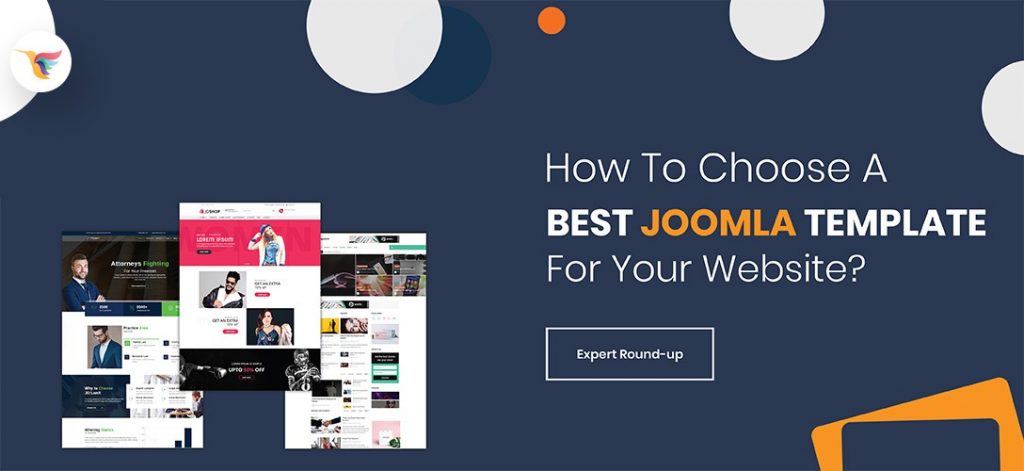There’s no shortage of good websites. One search on the internet and you’ll likely be bombarded with list after list of good business websites for inspiration.
However, that might not be the case when it comes to finding great business websites. There might be a few that you can count using both hands. Their secret? UX-focused web design. Thorough research should be conducted to come up with websites that users love, and there are many methods and approaches that you can use for this. To know more information on UX research, you can easily get yourself educated by watching videos and reading articles over the internet.
So, if you’re thinking of having your current website redesigned, know that there are many ways to get you started on this task. Before that, it might be important to look at the impact of UX on your business website first. In this way, you’ll be able to properly integrate them once the redesigning process begins.
Improve UX On Your Business Website
Why is UX Important to Your Business Website

Many designers believe that UX or User Experience is one of the best practices in web design. It’s because it focuses on enhancing the experience of a user or visitor while browsing your pages.
There are many reasons why a business website should prioritize the user experience. Many believe that UX -focused websites keep visitors engaged, help build brand loyalty, and empower users in their navigation. By prioritizing UX, one will be able to reach any organization’s goal of profitability, which ultimately helps organizations maintain sustainability.
How to Improve Your Website’s User Experience?
Now that it’s been explained why UX matters, it’s time for its implementation. Here are some tips to help you improve your visitors’ experience while browsing your business website.
Provide Great Content

Excellent content works best for backlinking. But what many don’t know is, content is one of the most important and probably, the easiest ways that you can improve UX. Your audience is visiting your website for a reason, and most of the time, it’s really about what type of content you can offer.
Content can be a combination of texts and videos. For text-based content, they can be in the form of blogs, articles, and guides. Videos, on the other hand, can be based on your best blog or a related video from another website. Whether they’re in text or video form, the key thing to remember is they should add value to the lives of your visitors. Great content also lies in closing the gap between knowing the needs of your target audience and an understanding of how your business or services can solve their problems.
It’s also a good practice to combine evergreen and seasonal content for your business website. Evergreen content refers to timeless content materials that’ll always stay relevant to your audience. It’s an excellent way to keep them engaged with your site for a long time. Seasonal content, on the other hand, refers to content materials that are targeted for holidays or special occasions. It’s a fantastic way to boost sales in a short period of time. To ensure that your website won’t run out of engaging ideas, make it a habit to combine seasonal and evergreen content.
If you’re using videos as a part of your business websites’ content marketing strategy, one of the top things you should develop is how-to videos. Many users are now relying on the internet for the answers to most problems they encounter in their daily lives. You can also ramp up your video content by including expert interviews, showing general life hacks, and making a list of useful information. If you’re running out of information to use, just think of content that’s fun, cool, and speaks for your brand.
Optimize Your Website’s Technical Aspect

It’s not only the search engine giants who celebrate your website’s amazing technical performance, but they include your users, too. By focusing on improving this aspect of your website, you’ll surely win many of your users’ loyalty, and their hearts, too.
Many elements make up the technical side of your website. These include the areas of navigation and site structure, security, speed, and mobile-friendliness.
An easy-to-navigate site would usually embody the principles of hierarchy, simplicity, and consistency in their business website. Hierarchy is evident in how your contents are arranged in main and subcategories. On the other hand, simplicity and clarity are evident in how your system works. These two principles are easy steps to develop familiarization to your users. Familiarization on your website is a goal you might want to have if you want to increase your return on investments. Many customers make business with online brands they’re familiar with.
Another technical aspect that you can invest in to improve UX is your website’s security. You can get a web host for this as they can have your site SSL certified. But that’s not all. You should also purchase software like Intruder, one of the most effective vulnerability scanning solutions. These programs can help you spot backdoors before the hackers do. Now that many transactions are done online, from shipping to purchasing, many websites require users to place their personal information and bank information, too. By ensuring that your website can keep payment transactions safe from hacking and other cybercrimes, customers won’t hesitate to do business with you.
Users’ attention is also limited, and there are times, that many of them can get impatient if your website is taking a long time to load. On average, a website should have a maximum loading time of three seconds, and beyond that is unacceptable. There are many ways to optimize the speed of your website such as zipping files and removing useless plugins. You can also optimize the different components of your sites, including the images and texts, to help make its loading speed faster. Practices like minification and caching are also observed by many designers.
Lastly, you can also think of making your website responsive and adaptive to different mobile devices, like smartphones and tablets. You have the option to choose between responsive and adaptive web designs since both can give you the results you need when it comes to mobile-friendliness. In this way, your customers can purchase merchandise from your e-commerce store or business website even while they’re in another country traveling, or just staying within the comfort of their homes.
Maximize the Power of Design

The last tip to improve your UX is to maximize the power of design elements. Although some would say that functionality should take over aesthetics, finding that sweet spot where creativity and technology meet is crucial so your site will remain in your visitor’s mind for a long time.
There are many elements of design that you can use for your website. They are colors, typography, images, and layout.
In choosing the colors of your website, you must have an understanding of your brand and target audience. If your target audience is the younger generation, colors that exude vibrancy and energy should be your go-to palette. On the other hand, if your brand is targeting luxury, then you’ll never go wrong with choosing the colors of gold and silver. It’s also important that you ask your web designer to walk you through your website’s primary and accent colors, so you can provide the necessary directions.
Typography is another powerful tool to use in improving your website’s UX. There are basics in web design that should be followed, like fonts, micro, and macro-level typography. Aside from working with serifs and non-serifs together, it’s important to know that factors such as sizes and the kind of browser used, impose limitations on how your fonts appear on a computer screen. Paying attention to the smallest details of your designs, like spacing, indention, and intervals matters, too. This is similar to how they’re built concerning the wholeness of your design.
They say that a picture paints a thousand words, and that’s true even when it comes to UX. Many viewers prefer images over texts, particularly if they’re meaningful and accurate. Choose images that trigger your audience’s emotions, particularly if it’s used in a motivational blog, for example. Images are extremely helpful when it comes to DIY articles, too. Even placing logos on your site should be a practice as it gives your audience a sense of familiarity. Just keep in mind to have these images optimized so they’ll work well with the technical aspect of your website.
The final tip to work on your business website’s design is to find a proper layout for it. This might be surprising, but you should know that the type of business website you have determines your layout. For e-commerce sites, for example, the usual layout will be aboard containing products and their brief descriptions. This isn’t the case, however, for a business blog. A business blog would normally prioritize readability, rather than showcasing products and items. Thus, most of the time, this type of business website has a layout that focuses on content than images.
Conclusion: The Key to UX is Knowing Your Audience
Today’s digital landscape is filled with too much noise. As a business, you’d want your website to stand out from the rest. This will allow you to win a competent market share to sustain your business.
Unforgettable UX is the only way to make this happen. If you have an existing website, never underestimate the power of great content. Also, you must drive your efforts to improve the creative and technical aspects of your website. If you can nail all of these three, then your website will be on its road to greatness very soon.







